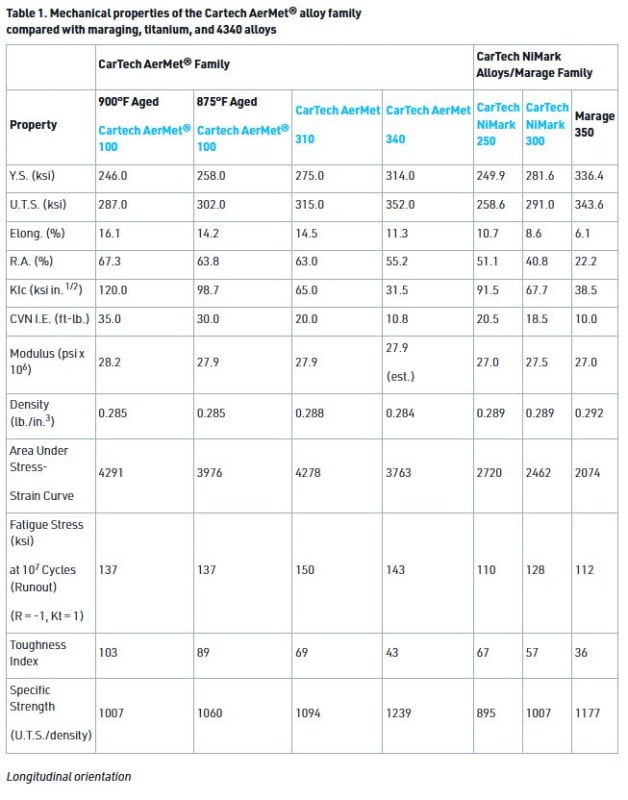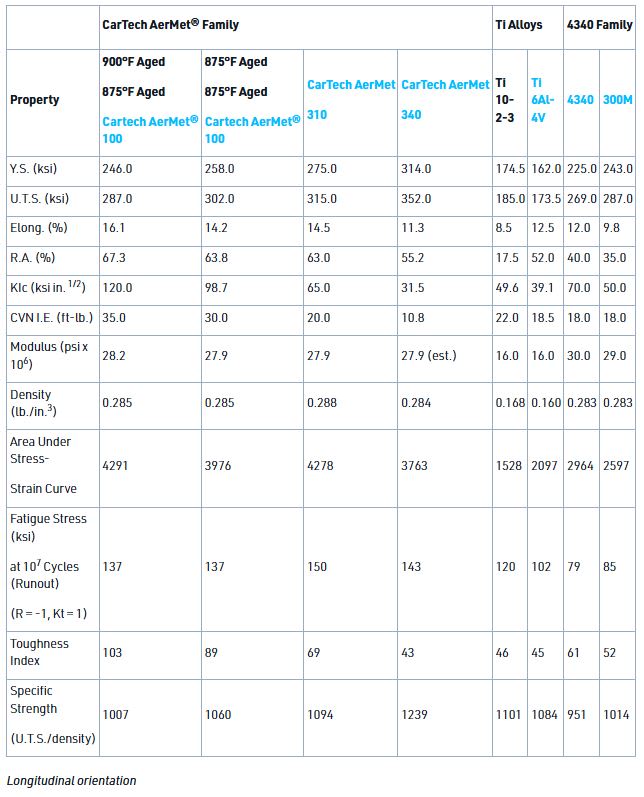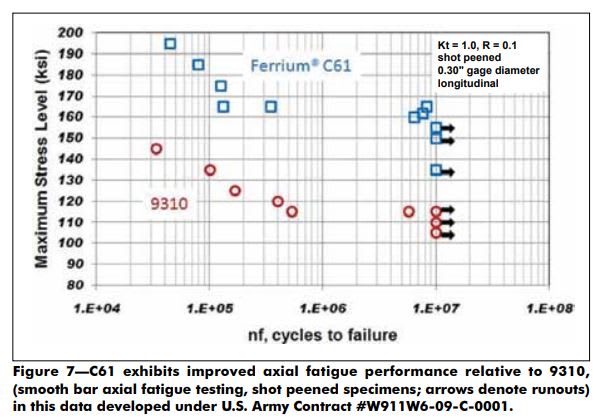novateague
Mechanical
- Nov 13, 2008
- 56
We're looking to maximize the amount of torque we can apply to a short splined shaft (~10,000 reversing cycles). We have been using 4140 previously.
What would be the most important material property to achieve this? We are looking at Aermet 100, Ferrium C61, MP35N... Seems 300M is recommended for shafts frequently on here.
Taking some inspiration from this forum, we already changed the interface radius to an ellipse shape and increased the cross-sectional area to the maximum.
As we speak, we are machining some of these parts from Maraging C350 as a test. The parts will be heat treated for the higher end of fracture toughness and then shot peened. Hopefully we can utilize some of the insane yield strength before the lower ductility becomes an issue.
What would be the most important material property to achieve this? We are looking at Aermet 100, Ferrium C61, MP35N... Seems 300M is recommended for shafts frequently on here.
Taking some inspiration from this forum, we already changed the interface radius to an ellipse shape and increased the cross-sectional area to the maximum.
As we speak, we are machining some of these parts from Maraging C350 as a test. The parts will be heat treated for the higher end of fracture toughness and then shot peened. Hopefully we can utilize some of the insane yield strength before the lower ductility becomes an issue.



